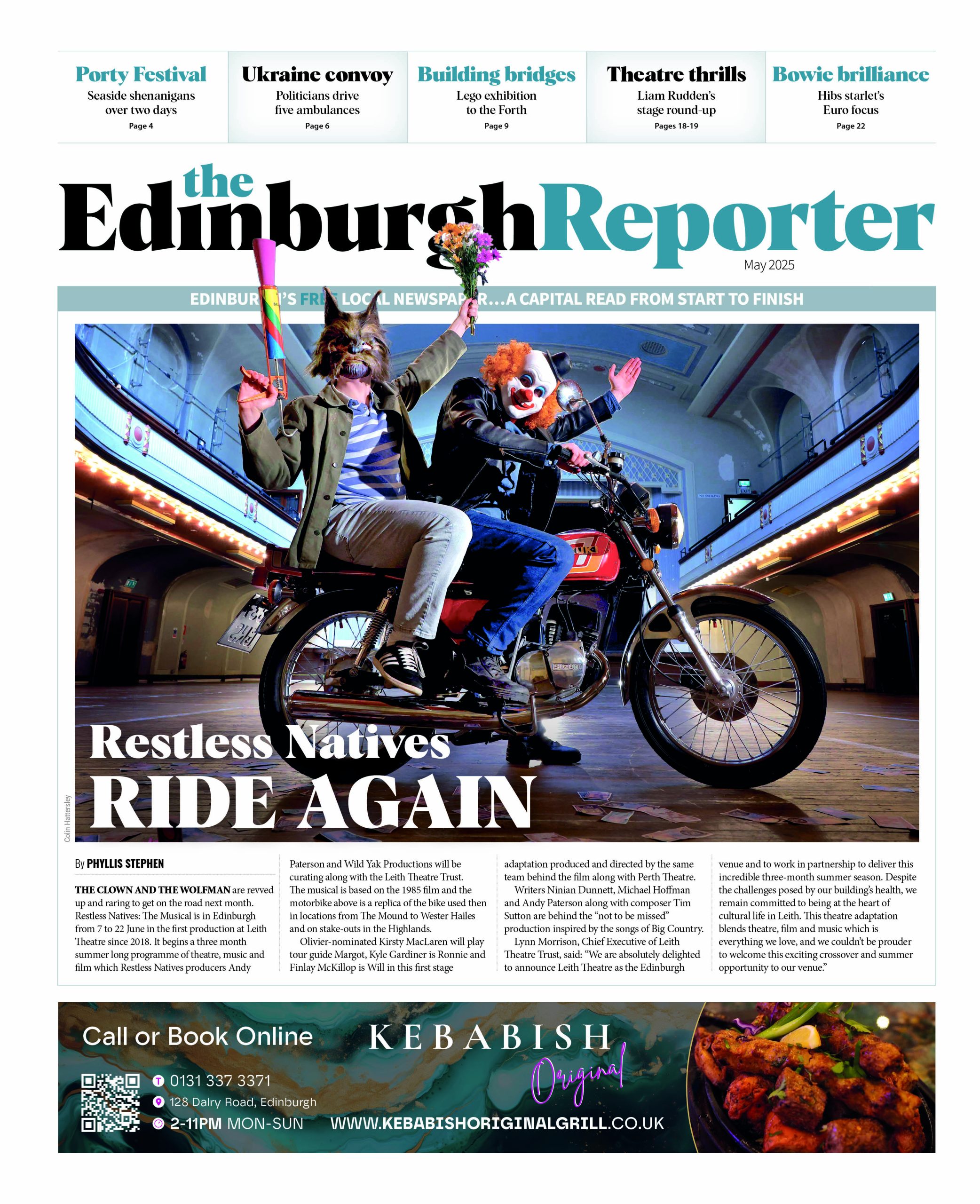Mixing and matching outfits is a great way to discover new aspects of your otherwise old and familiar clothes. However, doing it correctly might prove to be rather difficult without a bit of guidance. Today, we collaborate with experts from EuroOptica to help you with the basics of this approach.
Photo by Godisable Jacob / Pexels
Lay the foundation
Mixing and matching outfits requires some form of base to start working with, so it would be a good idea to pick a few neutral and universal pieces. Think of classic jeans and black pants, a white T-shirt, a simple black skirt, and a shirt, for example. These pieces will be the core part of your mix and match outfits — think of them as a background of a painting.
What makes them great is the fact that these timeless classics generally blend well with almost anything, meaning that their “basicness” will enable you to be creative without having to worry too much about matching your ideas with these core garments.
Find the best proportions
Mixing and matching is a science of multiple aspects, and volume is crucial here. If you want to achieve a balanced look, then the pieces need to fit well with each other, without distorting your proportions too much.
Sometimes this can be achieved by simply countering one piece of clothing with another — think of how a loose T-shirt fits with tighter pants. Sometimes it might be a bit more difficult, but usually, it is very intuitive — just consider your body shape, and what you want to accentuate, and then experiment a little to see what will stand out.
Photo by juan mendez / Pexels
Color mixing and matching
Colors can be quite tricky, so it would be a good idea to start by going for a monochrome or neutral look first. Achieving these two is easy enough, but it can help you better understand the basics of color matching and mixing, so you will be able to experiment later.
When you’re ready, you can try more advanced ideas, like contrasting combinations, complementary colors, and various mixes of these two. A color wheel can be really helpful to grasp the core of these outfits and get an intuitive sense of what fits and what doesn’t.
Experiment with patterns
There’s a reason we make patterned clothes — they stand out, and when used correctly, they can define your entire look. However, using them correctly might prove to be even more difficult than color matching.
In general, there are two main strategies you can try out. The first one is adding a pattern to an otherwise patternless outfit. This is a simple and proven method of accentuating a certain aspect of your look, and it generally works well in most cases, especially if you use timeless classics as a base.
The second strategy — mixing different patterns — is high risk and high reward. Needless to say, these types of outfits can be visually striking and great, but it is also quite easy to create a bit of a confusing and convoluted set of clothes.
While we recommend starting small, you shouldn’t be discouraged from trying out pattern mixing. It can be extremely fun and rewarding, and it can also tell you a lot about the nature of fashion.
Top it off with layers
While there is already a lot on your plate, we have to finish our article by reminding you that layering is also a crucial aspect of your final outfit and shouldn’t be overlooked. Just like patterns, several layers of your outfit can add a unique feel to it, turning even the most mundane clothes into fashion statements.
Think of how adding a leather jacket to an otherwise simple look changes it entirely. As EuroOptica experts note, the same goes for certain accessories as well: from necklaces to glasses and purses.
In general, this is where you can safely experiment, mixing different pieces to see what you’ll like most. When you find a great combination, remember it for the future — this way you can save energy the next time you want to go out.





